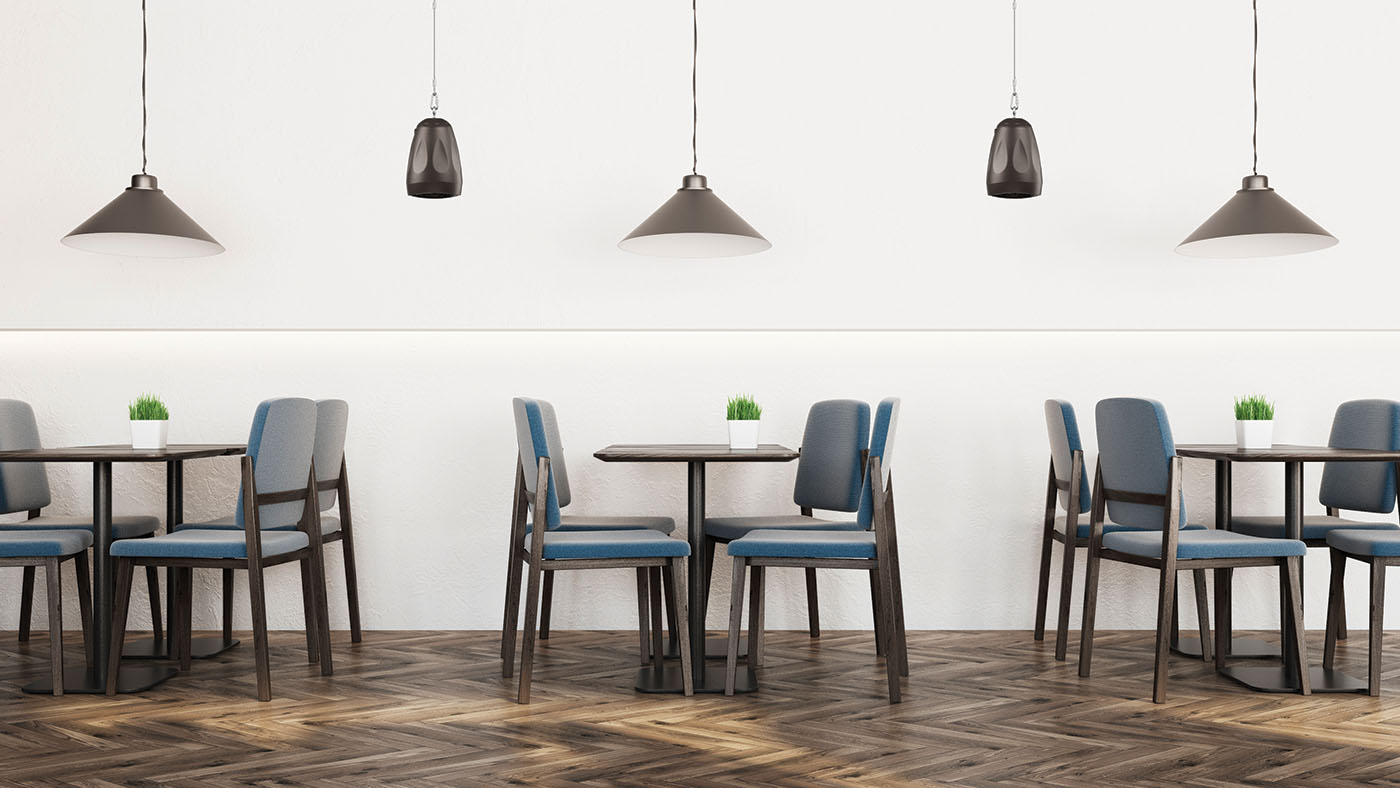When selecting a security camera system for a business, multiple critical factors must be considered to ensure the security and safeguarding of the property. A carefully selected surveillance video solution can discourage criminal activity, observe events, and offer important proof in the event of incidents. The first factor to consider is the type of cameras needed. There are various types of security cameras, including dome cameras, bullet cameras, and PTZ cameras. Each type has its own advantages and is appropriate for different environments. For example, dome cameras are often used inside due to their discreet design, while bullet cameras are perfect for external use because they can monitor extended ranges.

A further crucial factor is the image quality of the units. The resolution affects the clarity of the footage captured by the units. Increased image quality cameras provide sharper images, which can be crucial for recognizing faces or registration plates. Companies should consider their particular needs when selecting the image quality. For example, a retail business may require high-quality cameras to observe customer interactions, while a warehouse might focus on broader monitoring over fine detail. It is also important to think about the recording options for the captured footage. Companies can select between on-site storage, such as solid-state drives, or cloud business premises security cameras storage, which enables for remote viewing and easier handling of video data.
The placement of the units is a further critical consideration. Correct unit placement can greatly enhance the efficacy of a security solution. Cameras should be located to cover all entry and egress points, as well as busy zones within the business. It is also crucial to consider possible blind spots where illegal actions could occur unnoticed. A qualified security expert can help determine the optimal locations for unit setup to maximize monitoring and minimize weaknesses. Moreover, businesses should think about the lighting environment in the areas where units will be set up. Cameras with low-light capabilities are essential for observing poorly lit spaces.
Connectivity and integration with other surveillance systems are also important considerations. Many modern security video systems offer capabilities such as off-site viewing through mobile devices or PCs, which allows company managers to monitor their property in real-time. Compatibility with alarm systems or entry control systems can offer a more comprehensive surveillance solution. Businesses should assess their current security protocols and consider how a new video system can complement or boost those measures. This integration can result to a more efficient and efficient security strategy.
Finally, budget factors play a major part in selecting a security video system. Companies must weigh the need for high-quality devices with their budgetary limitations. It is important to research various brands and models to identify a solution that offers the best value for cost. Although it may be appealing to choose the cheapest choice, spending in a dependable and durable system can reduce costs in the long by reducing upkeep expenses and improving security. By thoughtfully considering these factors, businesses can choose the perfect security camera solution that fulfills their specific needs and enhances their overall safety strategy.
Comments on “Essential Factors to Consider While Selecting the Ideal Surveillance Camera Solution for Your Enterprise”